Community-based monitoring in the Saint John Harbour (2018 - 2021)
The goal of this project was to create a field program in the Saint John Harbour to collect aquatic environmental data on water quality, fish communities, and sediment PAHs in line with Fisheries and Oceans’ Coastal Environmental Baseline Monitoring Program. The 2018 sampling season served as a pilot year for building the Harbour Baseline Monitoring Program, and there have been three full sampling seasons since (2019 - 2021). Water quality was analyzed at 22 sites, and of these sites, 13 were also sampled for sediment contaminants and 8 sites were surveyed for nekton communities via beach seine and fyke net. There was generally good water quality at most Harbour sites, except for certain sites, especially those in Marsh Creek and Little River. Marsh Creek and Little River are two streams known to have historic contamination from industrial and municipal effluents. E. coli concentrations exceeded the recommended guidelines at 14 sites, indicating a chronic problem with fecal contamination. Sediment PAHs were also high at 6 sites, particularly Marsh Creek; these sites are exposed to a number of industrial contamination sources. We collected a total of 35,213 fish and invertebrates, representing 34 species, in beach seines and fyke nets. Spar Cove had the highest abundances but lowest richness and diversity, and species diversity was highest at Inner Harbour, Little River, Marsh Creek and Tin Can Beach. Lengths and counts of the most common species (Atlantic silverside, sand shrimp, Atlantic tomcod) varied temporally and spatially, potentially due to changes in environmental conditions.
